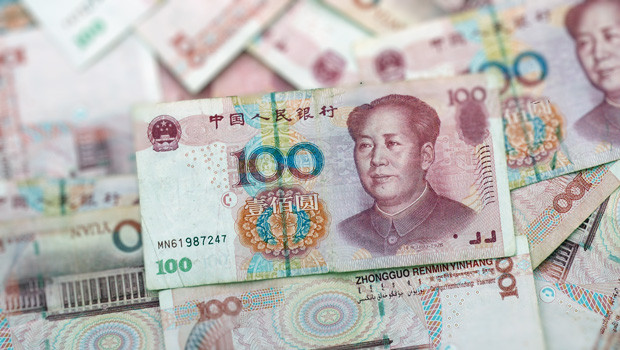Chinese retail sales and industrial output jump

A raft of data from China out on Friday showed signs that the world's second largest economy may be stabilising after months of weaker-than-expected economic indicators.
Both retail sales and industrial output smashed expectations in August, though economists were quick to point out that this is unlikely the start of a significant recovery as Beijing still grapples with a property crisis that some fear could spill over into the wider financial sector.
In fact, the People's Bank of China made another cut to the reserve requirement ratio – the amount of cash that banks need to have on hand – as it continues to attempt to prop up the real estate market.
The annual rate of Chinese retail sales growth jumped to 4.6% last month, up from 2.5% in July and well ahead of the 3% gain expected by analysts. The data showed encouraging signs of improvements in discretionary spending in particular, with sales growth in things like cosmetics, smartphones and jewellery all ticking up.
However, Duncan Wrigley, chief China economist at Pantheon Macroeconomics, pointed out that September's data is likely to reflect the impact of heavy rains and flooding in Guangdong.
"The rise in discretionary consumption spending in August is likely related to summer tourism behaviour. We will be looking for this to continue before assessing a significant pick up in confidence," he said.
Chinese industrial production rose by 4.5% year-on-year in August, after 3.7% growth in July. Economists had expected a figure closer to 3.9%.
However, fixed asset investment growth eased to 3.2%, down from 3.4% the previous month and slightly under the 3.3% forecast. The decline in property investment worsened to -8.8% year-on-year, from -8.5% in July, while infrastructure spending growth slowed to 3.2% from 3.4%.
The People's Bank of China on Thursday evening cut the RRR by 25 basis points, effectively releasing an estimated 500bn yuan ($69bn) of long-term liquidity into the banking sector. This was the second reduction in the RRR this year after a cut in March.
"We see that RRR cut as aiming to boost banks’ lending capacity and facilitate fiscal stimulus, notably the accelerated issuance of local government special bonds, which has pushed up one-year Chinese government bond yields recently," said Wrigley from Pantheon Macroeconomics.